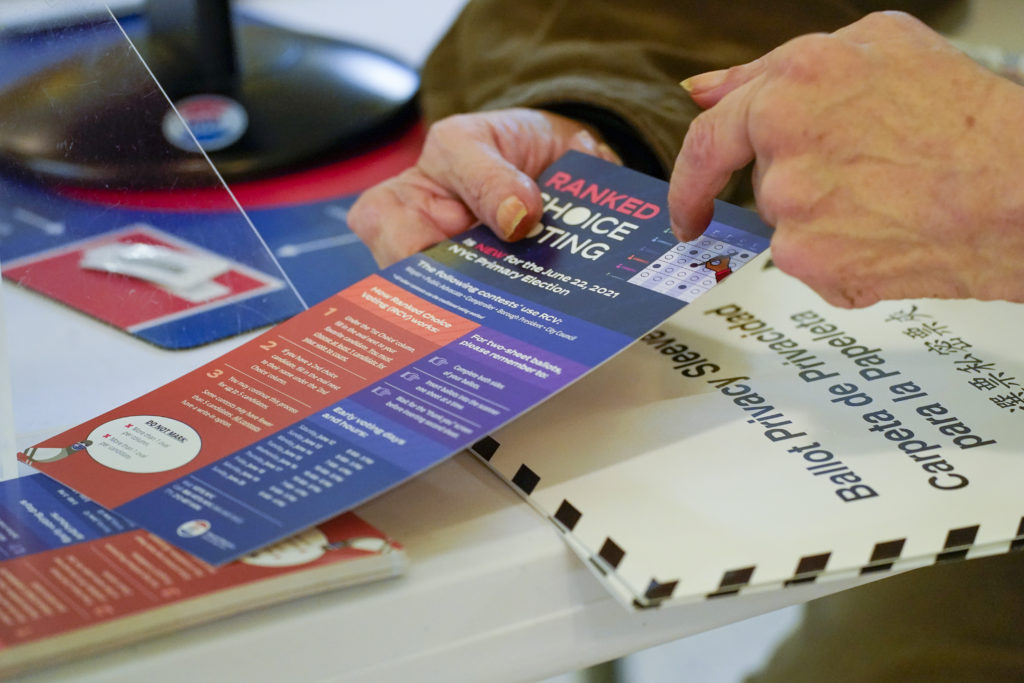Officials slam Board of Elections after primary blunder

On Wednesday, officials from Brooklyn and elsewhere in the metro area blasted the city Board of Elections after a failure to clear old data from a computer system led to inaccurate vote tallies in the closely-watched and much-anticipated Democratic mayoral primary.
Revised vote counts in New York City’s Democratic mayoral primary still showed Brooklyn Borough President Eric Adams maintaining a thin lead, a day after a first attempt to report results went disastrously wrong.
Corrected numbers released Wednesday showed Adams, a former police captain and state senator, leading former sanitation commissioner Kathryn Garcia by 14,755 votes. Civil rights lawyer Maya Wiley was practically tied with Garcia, falling just 347 votes behind in the ranked choice analysis.

Brooklyn Boro
View MoreNew York City’s most populous borough, Brooklyn, is home to nearly 2.6 million residents. If Brooklyn were an independent city it would be the fourth largest city in the United States. While Brooklyn has become the epitome of ‘cool and hip’ in recent years, for those that were born here, raised families here and improved communities over the years, Brooklyn has never been ‘uncool’.